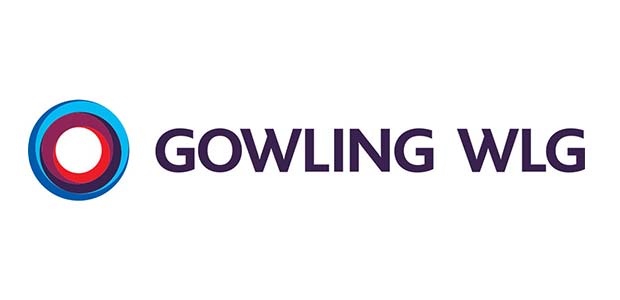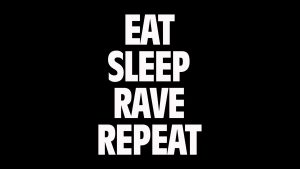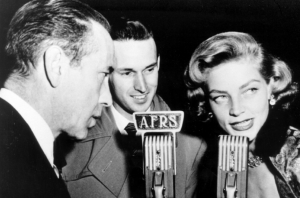
There’s one thing that frequently surprises me about the mainstream HR narrative. It’s the unflappable belief that HR folk are masters of organisational change – that they take change in their stride and it’s done with a process-driven approach, that removes the inevitable emotion that goes with it.
But here’s my issue. Yes, this might be true for change that affects everyone else, but what if ‘change’ is actually happening to them? What if HR people are the ones that are being impacted by the shadow of uncertainty that they sometimes (purposely or not) impose on everyone else?
In these instances, I’ve found that the truth is closer to this: that in actual fact, HR professionals are ‘not’ the resilient people we expect them to be. But that’s just my point. In these instances, we shouldn’t actually expect them to be super-human, emotionless people. The problem is that we often do.
Why?
Well, ultimately, HR folk are people too. When they’re impacted by change, they very quickly become just as ‘normal’ as any other employee. Some might call this ‘HR revealing their true colours’. But, just because they’re HR experts, does not, (and crucially, should not), make them somehow emotionally detached.
In fact, I think HR professionals have a reason to exhibit more fear than most – because they have a greater understanding of what’s really likely to happen; because they know the processes, and they know the score. When you think about it, it’s hardly surprising these people feel more vulnerable, because they can read between the lines more. They’re afraid because they’re more informed or aware. They’re already thinking whether processes being discussed are open and transparent, and whether people really know more than they’re letting on – often because that’s how they’ve been taught to do so.
Does this matter?
Yes, I believe so. Organisational change can only happen when everyone – and that truly means everyone – is behind the change and engaged with it. It’s my view that HR is pivotal in making broader organisation change happen, but this can only happen, if they themselves are not suspicious of the process and how it will impact them.
Even if there is an agreed business case for making change, different people have different methods for presenting it. By and large, the HR community has been taught to question change, so without these people on-board, there can be barriers and obstacles to change.
The only way to eliminate this, is for the business to talk to HR consistently – as if they’re all being impacted the same as anyone else. This is the only way the business can get a better breed of change professional, and one that is engaged in the process. So often, I hear HR folk say they’re being told that there is going to be restructure, and that they should come up with suggestions for how to achieve it, but what’s missing is a way for them to participate without wondering how their own function is being affected. You can’t expect this level of buy-in without telling HR straight about how change is coming to them.
What many people forget, is that when HR is dealing with organisational change, they are worried about how the change will impact their own jobs, but they are also expected to get on with their day job too. This could be a change they are managing for their client group. This is emotionally draining.
Getting the best out of HR:
All businesses need to recognise that to get the best out of HR, they must support them, and give them insights, and most importantly, not forget that they are real people too. After all, they have been hired precisely because of their ‘people’ skills. Without garnering this support, the internal change agents you need HR to be may not do things with the business’s interest at heart.
Remember, it is totally appropriate to expect HR to perform, but it should also not be forgotten that HR folk are employees too. It’s important their feelings are talked about, and that it’s done with genuine respect for the skills they have.
My advice is to be straight. If you don’t know something, tell HR you don’t know. If you do know some things, tell them those things. The business of planning for change should include these elements from the start, but sometimes they can be overlooked. Remember, seek to be open, but in a managed way. There’s nothing worse than catching HR professionals off-guard about change. Of course, we should expect HR experts to be mature, and professional, but let’s not forget that sometimes, because they are armed with more knowledge, they will often need more nurturing.
Josh Sunsoa is the founder of Sunsoa & Co, an specialist ‘Employment Relations’ consultancy providing professional strategic advice on the management of business restructuring, executive and managed terminations, TUPE transfers, HR case management and compliance
To discuss further, you can email me on James@refind.co.uk.
You can view more about James Cumming our change and business transformation specialist here.









